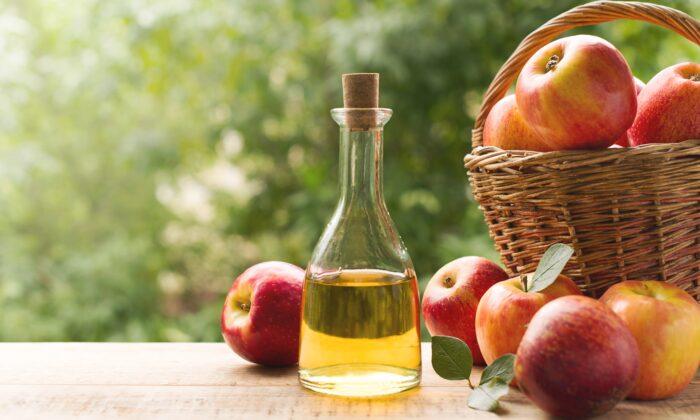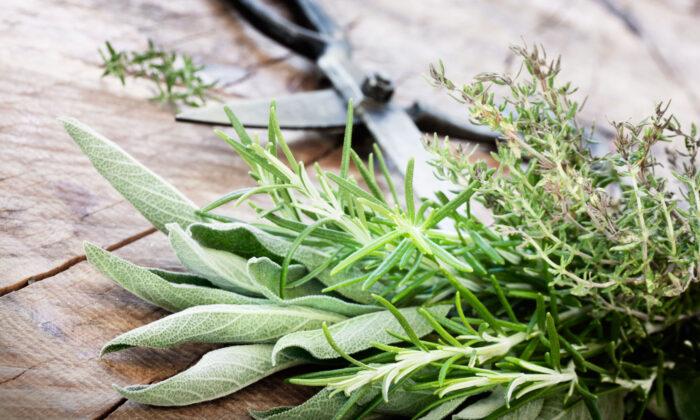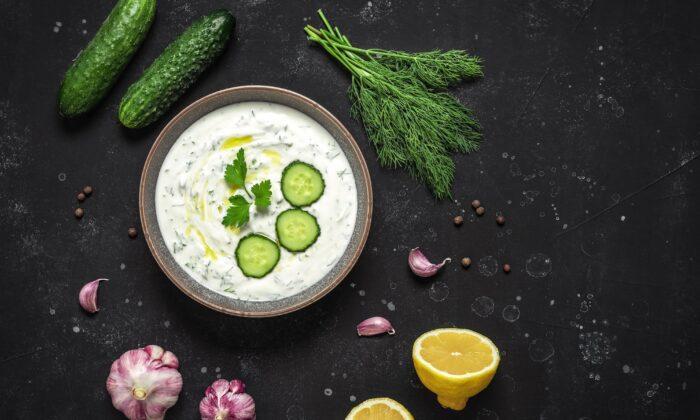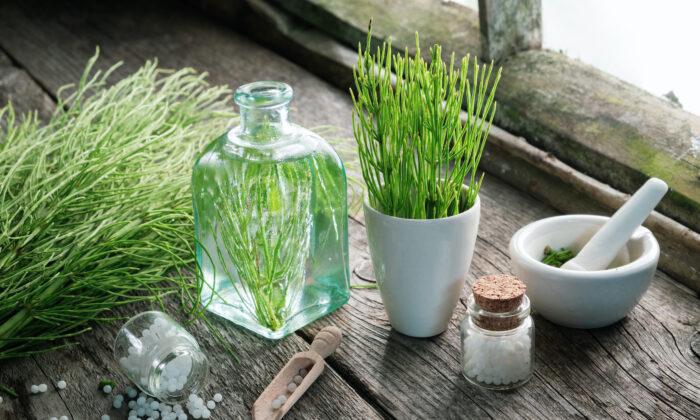Our blood pressure changes throughout the day. The problem is that if it stays high for too long, it can damage parts of the body.
There are two components to a blood pressure measurement. The first number is the systolic pressure, the pressure when the heart is pushing blood through our vessels. We want to keep systolic blood pressure at around 120 millimeters of mercury (mm Hg). The second number is for the diastolic pressure, the pressure between heartbeats, when the heart is filling with blood. We want diastolic pressure at or below 80 mm Hg.
We can check our blood pressure at the pharmacy with a digital blood pressure measurement machine or at the doctor’s office with a blood pressure cuff. We can check our blood pressure ourselves with a home blood pressure monitor. Because blood pressure changes throughout the day, it’s important to be consistent in how we measure it.
Take blood pressure at around the same time, in the same position, and in the same state. Drinking, eating, smoking, or exercising can change the blood pressure reading, so it’s a good idea to wait about 30 minutes after these activities before taking a blood pressure reading.
Not surprisingly, staying active, eating a healthy diet, not drinking or smoking, and managing stress can all help lower blood pressure, just as the opposites can cause high blood pressure. Vessels that are under too much pressure for long periods lose their elasticity and don’t work as well. Keeping the heart and vessels working well under normal pressures helps prevent problems such as cardiovascular disease, kidney disease, and stroke.
There are some helpful herbs that can be added to a diet meant to prevent hypertension, some of which have similar medicinal actions to high blood pressure medications.
Using safe, small amounts of these herbs may help lower blood pressure. Along with other measures we undertake to control our blood pressure, using herbs may even reduce the potential of a high blood pressure diagnosis.
Blood Pressure Medications
There are several categories of medications that are prescribed to help manage high blood pressure. Some herbs mimic the actions of these medications. It could also be said that such medications were discovered because of actions found in ancient, folk, and traditional medicines. The medicinal actions were often found in natural substances such as plants.Diuretics, for example, help the body eliminate excess water and sodium by increasing urination. These are often called water pills and are prescribed to help patients with problems including hypertension. Many foods and herbs act as natural diuretics, such as dandelion, parsley, lemon, celery, cucumber, watermelon, pineapple, garlic, ginger, and onion.
“However, they may be less potent and take longer to work than the antihypertensive drug. When used in combination with other nutrients and nutraceutical supplements, though, the antihypertensive effect can be magnified.”
Thyme (Thymus vulgaris)

A common herb that is fragrant and flavorful, culinary thyme is delicious in soups, baked goods, marinades, and stuffing. It is lovely added to grilled and roasted meats and fresh, cooked, and roasted vegetables. Thyme is found at the store as dried leaves, fresh herbs, and in a variety of herb blends.
Thyme originates from the Mediterranean and has more than 50 varieties, usually hardy, evergreen, woody perennials. It’s drought-tolerant and slow-growing, and it loves well-draining average soils. It shouldn’t have wet roots and grows better in warm sunny weather.
Thyme Constituents and Healing Activity
Thyme has many medicinal actions including anti-inflammatory, antimicrobial, antioxidant, and anticancer effects. It has many phytonutrients, minerals, and vitamins as well as flavonoids and essential oils, including thymol and carvacrol.A chemical made by the body, ACE plays an important role in maintaining blood pressure. Sometimes it works too well and can raise blood pressure by narrowing blood vessels. Inhibiting ACE is a common treatment for high blood pressure. Sometimes, people with hypertension are prescribed ACE inhibitors to relax blood vessels to lower blood pressure.
How to Use Thyme
Thyme for tea? Thyme’s antioxidant and antimicrobial activities not only are great for colds and respiratory health, but they also may help maintain normal blood pressure. Fresh sprigs or dried or frozen thyme leaves can be simply steeped in boiling water and strained for a pungent, fragrant cup of medicinal tea.Add thyme more often to dishes and look for recipes that call for more thyme. Roasted potatoes and other roasted vegetables sprinkled with fresh, dried, or frozen thyme are extraordinary. Baked goods such as an onion thyme tart or lemon garlic thyme focaccia are delicious ways to use thyme.
Parsley (Petroselinum crispum)

Relegated to garnish status, the vibrant green, pretty, curled leaves of parsley do more than add contrast to a dinner plate. For those who do eat the garnish, you’ll know parsley helps to cleanse the palate and freshen the breath. But parsley has so much more to offer. This biennial plant packs nutrition and flavor in its abundant curled or flat leaves.
Yet another Mediterranean herb, parsley does best in rich soil with lots of organic matter and a location that gets full sun. Parsley grows easily from seed, sprouting in 10 to 14 days. It’s a biennial, meaning it puts on a lot of delicious green growth in its first year. In the second year, parsley leaves are tougher and less flavorful because the plant is putting its energy into making seeds. Tall central stalks are topped with yellow flower clusters that develop into striped seeds in mid to late summer.
Seeds can be dispersed throughout the garden where there is adequate soil and moisture. Do this a couple of years in a row, and fresh first-year parsley plants will emerge for harvest fairly reliably.
Parsley leaves can be curled or flat, depending on the variety. The robust leaves will last in the fridge for several days. They dry nicely for future use. They also freeze well. Harvest leaves from first-year plants early in the day from late spring through to late fall. Plunge leaves in cold salted water to remove any little visitors such as aphids. Use fresh or hang to dry in a dark location or a paper bag. Large, clean bunches of fresh parsley can be pulverized in a food processor and packed loosely in containers or jars in the freezer. The frozen pulverized leaves can be scooped into soups, sauces, salads, and marinades at any time throughout the year.
Parsley Constituents and Healing Activity
A large study of available research, from 1966 to 2013, related to the ethnomedicinal uses, phytochemistry, and pharmacological activities of parsley, found that this medicinal plant has a wide range of proven medicinal activity, such as antioxidant, brain-protective, anti-diabetic, analgesic, gastroprotective, antibacterial, and antifungal activities. In addition, parsley showed diuretic and hypotensive actions.How to Use Parsley
Add parsley to almost any meal. Whether sprinkled on top, incorporated into soups and sauces, or used as a complementary garnish, parsley’s refreshing flavor has many health benefits and may help to maintain normal blood pressure. Try chimichurri, a marinade loaded with fresh parsley, or tabbouleh salad, which is packed with the bright flavors of parsley and lemon.Corn Silk (Stigma maydis)

The delightful shucking of fresh corn comes with the finicky task of removing the long silky threads that grow just underneath the husks. Interestingly, there is one thread-like strand for each kernel of corn, and each strand, known as a stigma, pollinates each kernel.
The long threads are easy to collect when shucking corn cobs. It’s best to use organic or homegrown corn. You can dry corn silk in a paper bag or on a tray, at room temperature, away from light. Collect strands, roll them into 1-to-2-inch nests like miniature pasta nests, and place them on a tray. Allow drying for 48 to 72 hours. Each corn silk nest is perfect for one cup of corn silk tea.
Corn Silk Constituents and Healing Activity
Corn silk has bioactive constituents such as flavonoids and terpenoids, which have diuretic, antioxidant, and anti-hypertensive activity. Corn silk tea has been shown to have ACE-inhibiting effects. A study published in Molecules in 2019 showed that a water extract of corn silk significantly reduced systolic blood pressure levels and inhibited ACE activity.How to Use Corn Silk
Tea and supplements are the common ways to use corn silk. To make corn silk tea, use a teaspoon of dried corn silk to one cup of boiling water. Allow to steep for 5 to 10 minutes. Enjoy with a little lemon and honey or the flavoring of your choice.Blood Pressure Maintenance Bedtime Tea
Although not meant to replace doctor-prescribed or recommended medications, this tea, in conjunction with lifestyle changes, may help maintain normal blood pressure.- 1/4 teaspoon dried thyme leaves or 1/2 teaspoon fresh thyme leaves
- 1/4 teaspoon dried parsley leaves or 1/2 teaspoon fresh parsley leaves
- 1/4 teaspoon dried corn silk or 1/2 teaspoon fresh corn silk
- 1 to 2 cups of high-quality boiling water
Caution
Traditional plant-based medicines have been used for centuries and may be generally regarded as safe. However, it’s true that our world isn’t what it was centuries ago. Where plants grow, and how they are cultivated, harvested, and processed may change their chemical compositions and medicinal properties. Just like prescription and over-the-counter medicines, plant-based medicines may interact with other medicines, have unknown side effects, or have negative effects related to allergies, sensitivities, or medical conditions.With any new ingredient, you can do a small skin test. Place a small amount of herb on the skin and wait 24 hours. Any reaction such as discomfort, itchiness, or hives may be an indication of sensitivity. Be aware of potential contraindications with medications. Always check with your health care provider before starting new herbal remedies. If, when taking a remedy, symptoms persist or worsen, discontinue use.




